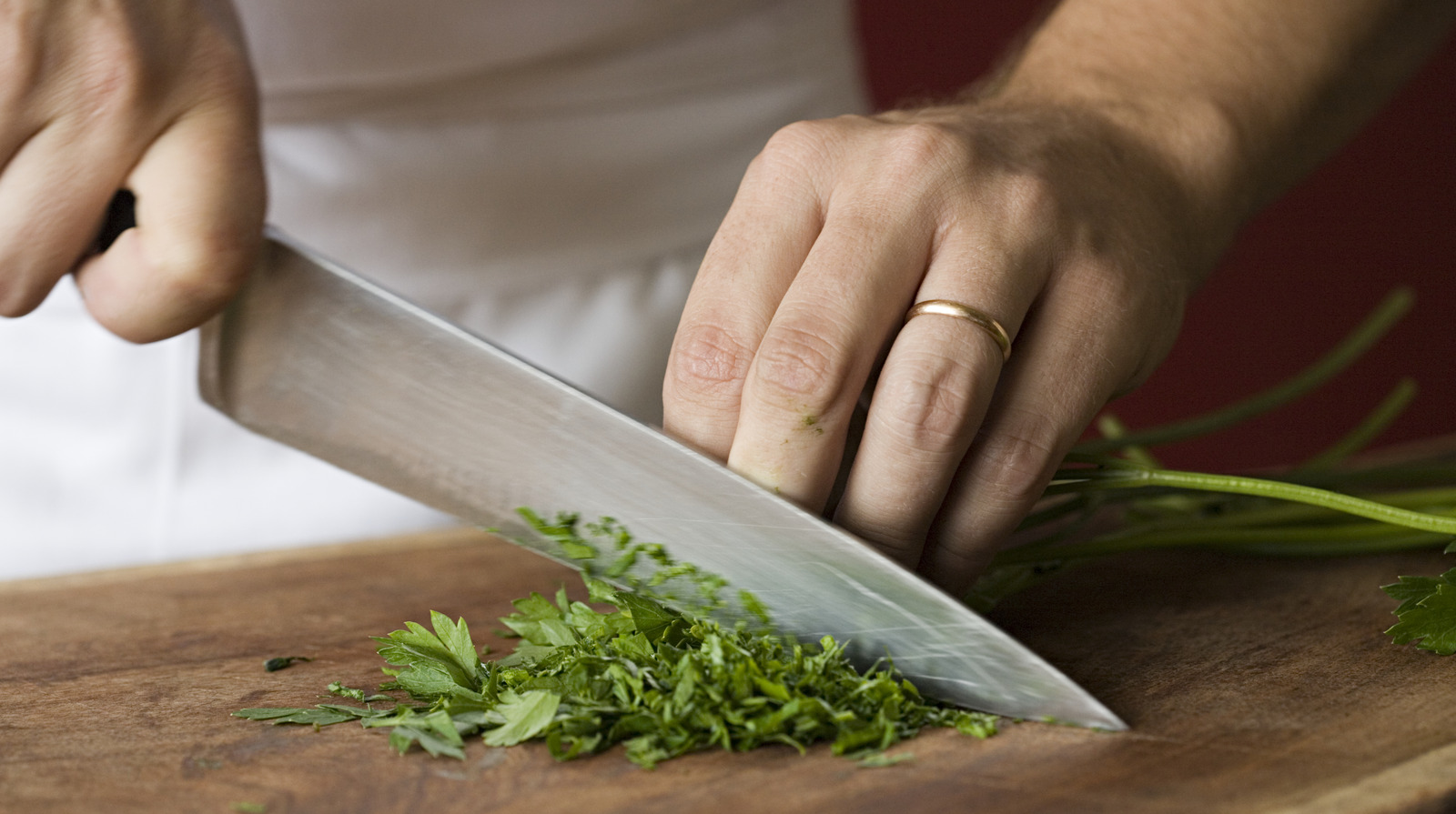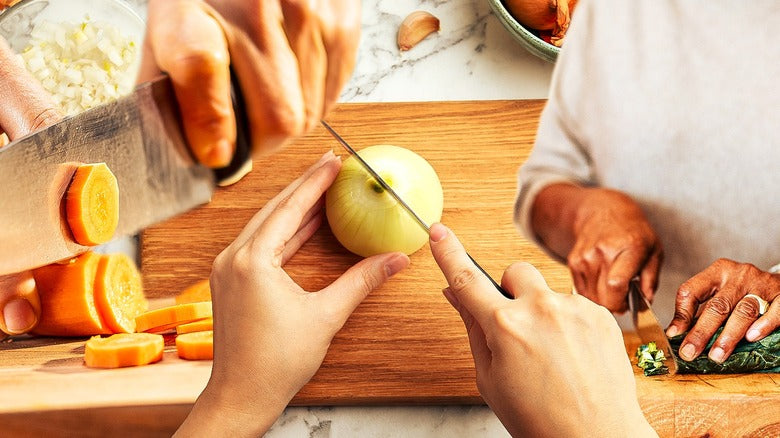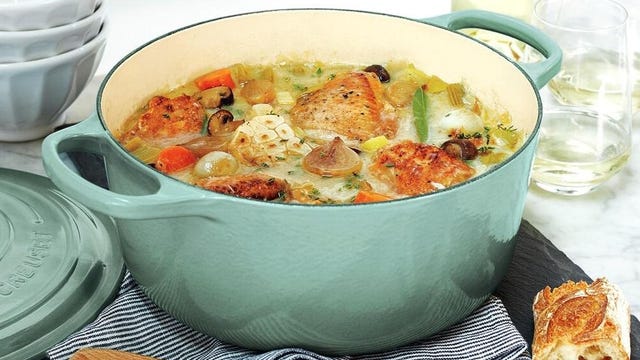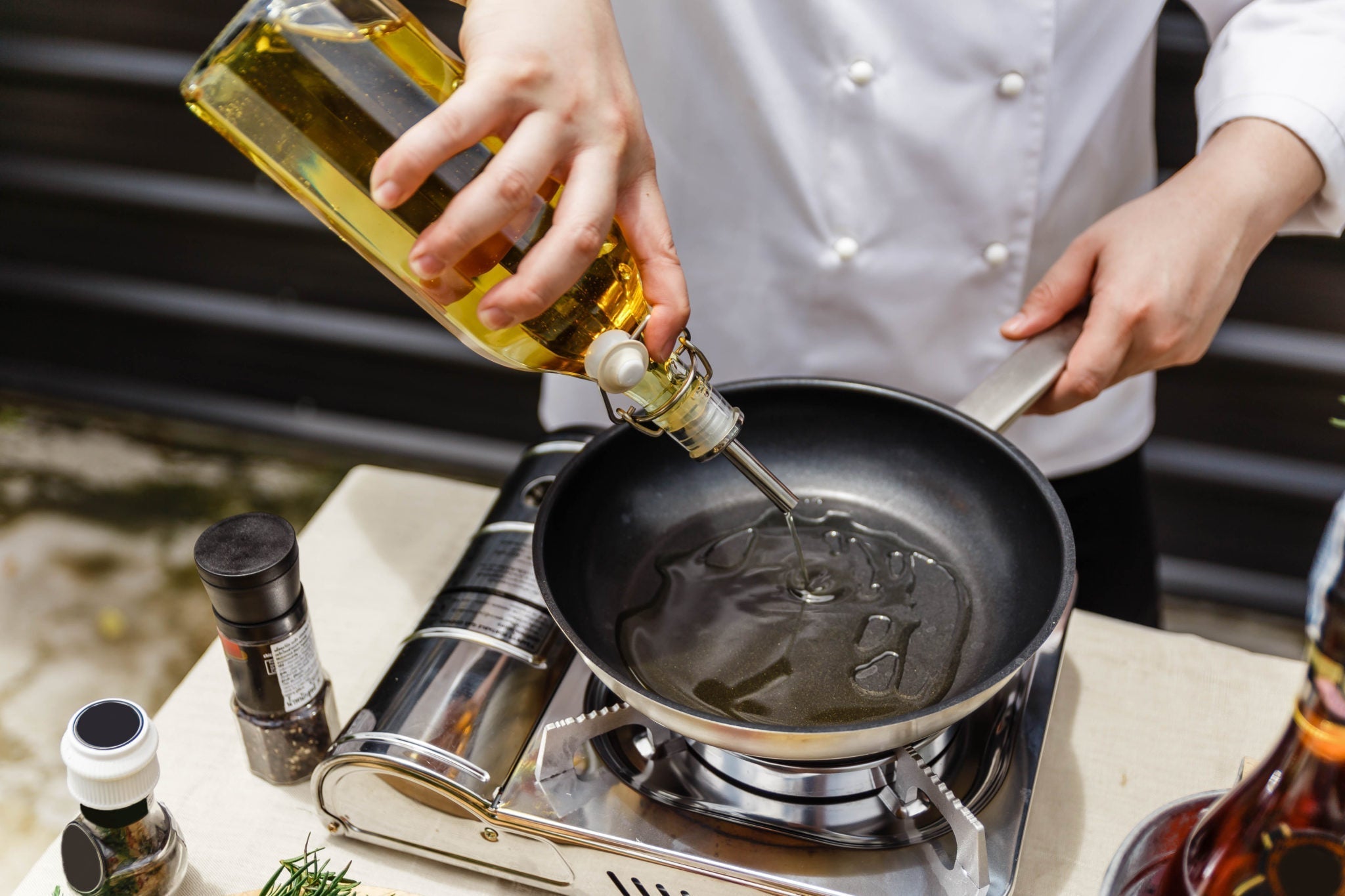Wood cutting boards are a kitchen staple for professionals and home chefs alike. But when it comes to cleaning and maintaining these durable and beautiful tools, the approach isnt always straightforward. Many people wonder: how to wash wood cutting board without damaging it? This article is here to tackle that question fully for your culinary needs and provide life-changing tips to keep your wooden boards in top shape.

The Importance of Proper Wood Cutting Board Care
Wood cutting boards are not only aesthetically pleasing but also functional, offering durability and a surface thats gentle on knives. Yet, improper cleaning might lead to warping, cracking, or even bacterial growth. Knowing how to wash wood cutting board correctly is essential for kitchen hygiene and the boards longevity.
Step-by-Step Guide on Washing Wood Cutting Boards
1. Immediate Cleaning After Use
The first step is to rinse your board under warm water immediately after use. Avoid letting food residue dry on the surface. Use a mild dish soap and a soft sponge, scrubbing gently to remove dirt and bacteria effectively.
Want to know more about extending the life of your board? Check out this guide on cleaning wooden cutting boards.
2. Avoid Soaking or Dishwasher Use
One of the most crucial practices is to never soak a wooden cutting board in water. Long-term exposure to water weakens the wood, causing cracks or warping. Similarly, avoid cleaning your wood cutting boards in the dishwasher, as the intense heat and water can drastically damage its surface.
3. Use Vinegar or Lemon for Odors
If your wooden cutting board has stubborn smells, use natural cleaners like white vinegar or lemon juice. Apply directly to the surface and scrub lightly. This trick does wonders for removing meat or onion odors.
4. Deep Cleaning with Baking Soda
For a more intense cleaning session, sprinkle baking soda over the board and scrub using a damp sponge or brush. This method helps remove contaminants embedded in the wood's surface without harming it.
Drying and Storing Your Wood Board
Avoid Moisture
Dry your wood cutting board thoroughly after washing. Stand it upright to allow complete air-drying, which prevents moisture retention and bacterial growth. Never leave it lying flat in a damp sink or countertop.
Proper Storage
Store the board in a well-ventilated area, away from direct sunlight or extreme heat sources. This practice will help in maintaining your board's natural shape and finish.
Long-Term Care: Oiling Your Wood Cutting Board
Oiling is an essential part of wood cutting board maintenance. Periodically apply food-safe mineral oil or beeswax to prevent the wood from drying out and cracking. Check out how to oil your cutting board for step-by-step instructions.
Common Mistakes to Avoid
1. Using Bleach
Bleach might kill bacteria, but it can damage the surface of your wooden cutting board. Use milder cleaning agents instead.
2. Ignoring Knife Marks
Knife marks can harbor bacteria. Sand the surface lightly and reapply oil to restore its smooth texture.
Additional Insights on Wood Cutting Board Care
Wood cutting boards require consistent love and care to function as a trusted kitchen companion. For more insights, visit the history and types of cutting boards.

FAQs
1. Can I use hot water on my wood cutting board?
Yes, warm water works best, but avoid using boiling hot water that could damage the wood fibers.
2. How often should I oil my wood cutting board?
Its recommended to oil your board once a month or whenever it starts looking dry.
3. Can I sanitize my wooden cutting board?
Yes, use a mix of half vinegar and half water as a safe sanitizing solution for your wood cutting board.
This article contains affiliate links. We may earn a commission at no extra cost to you.






Leave a comment
This site is protected by hCaptcha and the hCaptcha Privacy Policy and Terms of Service apply.